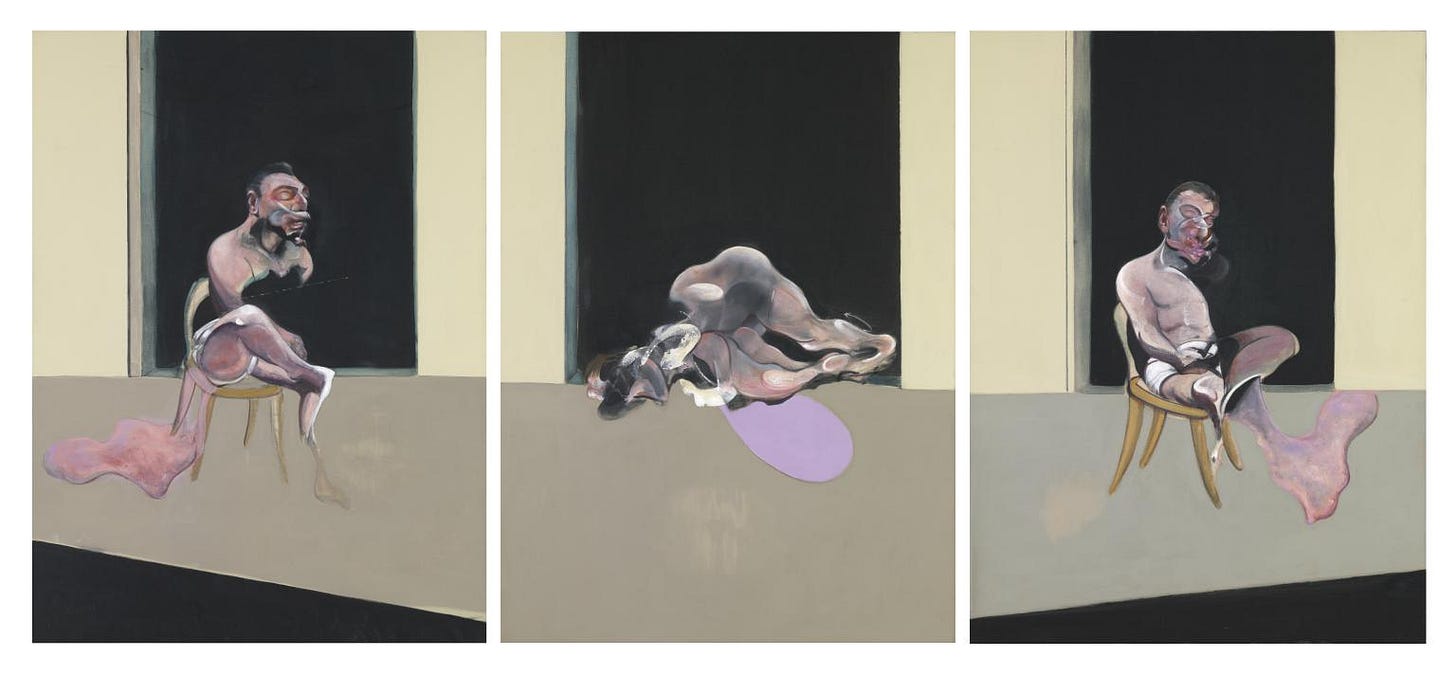“Triptych- August 1972” Francis Bacon
An author’s work is laid out like a map, a landscape, populated in a chronology that leads one down an ordered path, two roads diverged in a yellow wood. Douglas A. Martin’s newest novel, Wolf, sets the wood on fire. Not as a force of decreation, of immolation or masochism, but in the sense that the gentle house of …



